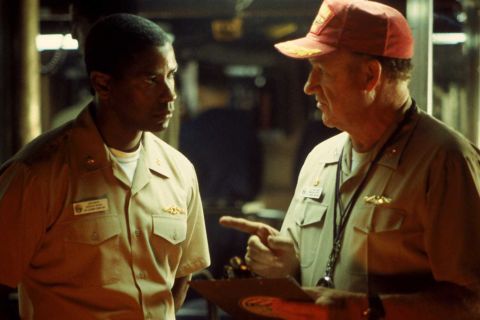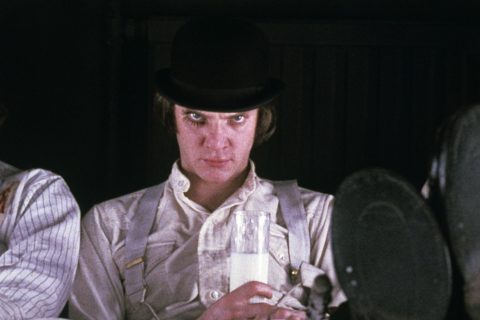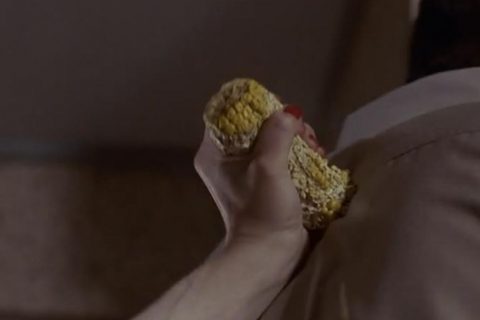Cloverfield
The formula for Cloverfield’s success is a unique filming style paired with a viral marketing campaign.
Imagine, if you will, a world where you don’t want to go outside… Crazy, right? Less so if there is a 180 feet tall monster on the loose stomping around, dropping equally bad killer parasites – luckily we aren’t in that world, but the cast of todays Lockdown Rewatch are! The 2008 release Cloverfield, directed by The Batman’s Matt Reeves (who celebrates his 54th birthday today), scripted by Drew Goddard and produced by J.J. Abrams, made a splash due to it’s found-footage cinéma vérité filming style. It earned positive reviews and raked in a monstrous $40.1 million on its opening weekend, and has since gone on to spawn two sort-of sequels in the form of 10 Cloverfield Lane and The Cloverfield Paradox.
But did you know…
1) A teaser trailer for the film, without a title, was attached to the theatrical release of Transformers, which kicked off the film’s hype-over-content marketing push. The secrecy around the film led many to believe it was a new Godzilla, a remake of Voltron, or a film tie-in to the TV series LOST. Showing its age now, an Alternate Reality Game (ARG) was also released, with several in-world websites being created, such as for the fictional drink Slusho, and MySpace (MySpace!) pages for the main characters.
2) The Cloverfield beastie was designed as an infant, rather than a fully-grown adult. According to Matt Reeves “the monster was suffering from separation anxiety and was absolutely disoriented and pissed, “where’s mommy?”, and terrified. That was the most important aspect of the creature. Not only was he furious and in a rage but he was scared, because to me there’s nothing scarier than something huge that’s spooked. If you’re at the circus and the elephants are going nuts, you don’t want to be near them.”
3) The film’s found-footage, amateur, shaky-cam style was a key part of its success, and helped it stand out from other monster movies. However, it also had the adverse effect of making some viewers feel nauseated and having to leave screenings. You win some you lose some.














